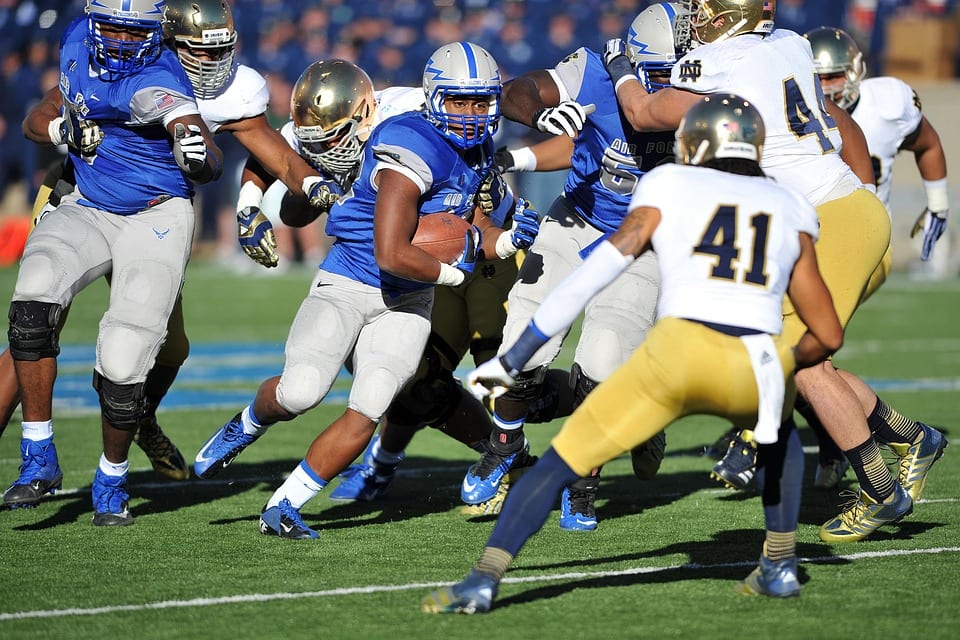In light of the start of a new semester and the beginning of new sports seasons, here’s a guide to understanding college sports and their division systems.
A division consists of a group of teams within a certain league. The teams within the division are organized in such a way that these teams play matches against each other more often than they play against other teams in the league. This creates exciting rivalries between the teams in each of the divisions.
College sports are governed by the National Collegiate Athletic Association (NCAA) and the National Association of Intercollegiate Athletics (NAIA). They divide the member schools into different competitive groups. These competitive groups are what we know as Division I, Division II and Division III, the highest and most competitive being Division I. The divisions are further split into conferences that usually have between six and 14 members. Each division’s conference champions compete in national tournaments.
Division I consists of more than 300 member schools, most of which are the largest and most prominent schools with the largest budgets. All of the Division I schools are allowed to award athletic scholarships to their student athletes, although some schools decide not to award scholarships in some of the sports. Division I schools have to offer no less than 14 sports: seven for men and seven for women, at least two of which are team sports for men and women. The total number of Division I members is 335 schools, 66 percent of which are public institutions and 34 percent private institutions.
NSU is classified as Division II. This division offers an intermediate competing level alternative to both the highly competitive level of Division I and the non-scholarship level of Division III. It includes generally smaller schools that cannot afford or do not choose to take on the massive expenses of Division I athletics. The NCAA allows these schools to award scholarships but places stricter limits on the amount of financial aid awarded to student athletes than at the Division I level. This division requires schools to have a minimum of 10 sports, five each with at least two team sports each. The Division II programs are known for providing the chance for athletically gifted students to both compete at a high level and maintain the traditional collegiate undergraduate experience. There are 302 member schools.
Division III, on the other hand, usually includes small institutions. At this level, sports activities are treated more as a regular activity than a competitive sport. As a result, the NCAA doesn’t allow Division III schools to award athletic scholarships. The minimum requirement for these schools calls for at least five men’s and five women’s sports, including at least two team sports for each. Although the students don’t receive aid based on their athletic ability, the participation rate is high as this division is the NCAA’s largest. Division III has 442 members, 81 percent of which are private schools and 19 percent of which are public schools.
In the world of college sports, Division I is the most intense, and III the least. Students who enjoy sports, but do not want — or do not qualify — to play at division levels still have the option of exploring club sports and intramural sports.


